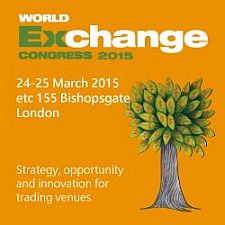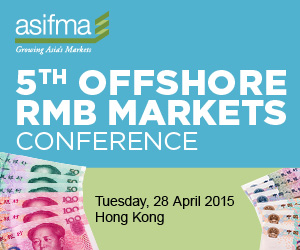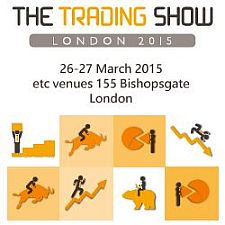more on korea exchange
Korea Exchange (KRX)
 |
Website: Korea Exchange Contact: Contact Korea Exchange Map: Korea Exchange Map |
The Korea Exchange
The KRX was established under Korea Stock & Futures Exchange Act for the purpose of cost reduction and improvement in investor efficiency. In order to effectively respond to the rapidly changing financial market, KRX was created through the integration of the three existing spot & futures exchanges and Kosdaq Committee, a sub-organization of Korea Stock Dealers Association:
Stock Market Division
Stock Market Division mainly focuses on creating the sound financial market and helping raise necessary capital for the corporate sector. With that goal in mind, the division deals with Stock listings and transactions, provides market data and modifies related rules and regulations or develops new products if necessary.
Kosdaq Market Division
Kosdaq Market Division engages in fund-raising for high value-added industries, and its main responsibilities are similar to those of Stock Market Division.
Futures Market Division
Futures Market Division is in charge of eliminating pricing variables to the spot market. Diverse option products such as Interest futures, Currency Futures, Stock-related Futures and other general futures are traded through the division.
Trading System
Stock Market Division
All orders are transmitted from the brokers’ customer accounts to the KRX trading system through the screen-based trading system. For the majority of stocks, trading is fully automated through the Stock Market Automated Trading System (SMATS).
The KRX is a typical order-driven market where buy and sell orders compete for the best price.
Throughout the trading hours, orders are continuously matched at the prices satisfactory to both trading parties according to price and time priorities. The opening and closing prices, however, are determined by call auction. At the market opening and closing, orders received over a fixed period are pooled and matched at which the most number of shares can be executed.
KOSDAQ Market Division
All orders are transmitted directly to KOSDAQ and executed according to the following auction principles: Price priority, Time priority, Size priority, and Customer priority.
OTCBB
Unlike the competitive trading basis of the two other markets, the OTCBB uses a “one-to-one” trading method, also known as “negotiated transaction”, both the quantity and price of stocks must be matched before trades are matched.
Other differentiating features are that the price fluctuation limit is 30%, and capital gains tax is applied. Settlement, however, remains the same on T+2 with the Settlement agency being the KSD.
Trading Hours
Monday to Friday:
Stock Market 07:30 - 08:30 (Pre-hours session)
Division 09:00 - 15:00 (Regular trading session)
15:10 - 18:00 (After-hours session)
KOSDAQ
Market Division 07:30 - 08:30 (Pre-hours session)
09:00 - 15:00 (Regular trading session)
15:10 - 18:00 (After-hours session)
08:00 - 09:00 / 14:50 - 15:00 (Call trading session)
Futures Market Varies, depending on the product
Division 09:00 - 15:15 or 09:00 - 15:00
Security Identifiers
ISIN (International Securities Identification Numbering): Yes
Other: A six-digit short code
Instruments
Equities: Common stock, preferred stock, warrants, subscription right certificates, Real Estate Investment Trusts (REITs), Exchange Traded Funds (ETFs), mutual funds.
Debt: Government bonds, municipal bonds, special public bonds, financial bonds, corporate debentures, repurchase agreements (repos), convertible bonds, exchangeable bonds, bonds with warrants, etc.
Money Market: Beneficial certificates, treasury bills, certificates of deposit, commercial paper, money market instruments.
Others: Index futures and options, USD futures/options, CD futures, Korea Treasury Bond futures, Gold futures, individual stock options, oil futures.
Board Lots
Equities: Stock Market Division: 10 shares/units (one share if the price is KRW50,000 or higher)
Debt:
Bonds (except equity related debt KRW 100,000 (face value) securities): KRW 10,000
Warrants: 10 warrants
Investment funds: 10 Units
Beneficial Certificates: 10 Units




